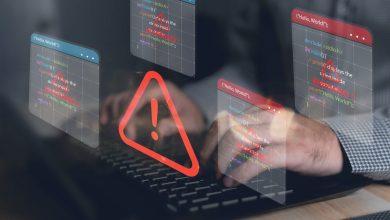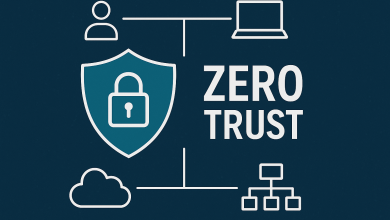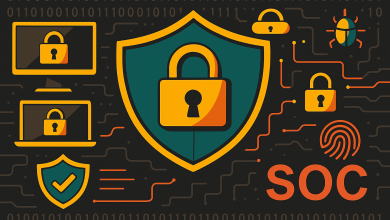
In a decade defined by digital innovation, the fight to stay secure has never been more critical for organisations. As the UK government pushes to become a global leader in AI, the country’s AI-driven vulnerabilities – as well as its ambitions – are becoming clear.
According to Vanta’s latest State of Trust Report, more than half (54%) of organisations say that security risks for their business have never been higher. Together with an increase in industry standards and regulations, this has plunged leaders into the digital dark, leaving them unsure how to navigate an increasingly complex security landscape.
To adapt, businesses must switch on the lights and develop cyber-clarity – a comprehensive way of looking at risk, their own security posture and that of their extended ecosystem – to protect both themselves and their customers.
The security landscape panorama
The cybersecurity sector has seen a rapid uptick in cyber attacks over the last few years. The World Economic Forum’s (WEF) 2025 report on cybersecurity showed 72% of respondents reported an increase in organisational cyber risks, exacerbated by the rise in AI use cases.
While research from McKinsey found that 78% percent of respondents say their organisations use AI in at least one business function, according to our research, only 42% of organisations have, or are in the process of putting, a company AI policy in place.
This is an example of how AI has become a double-edged sword for organisations – amplifying both opportunities and threats, and forcing companies into a tricky balancing act between workplace innovation and security. Unless companies find a way to manage the increased threat levels that come from AI, they risk reputational damage and potentially losing the confidence of their customers.
Developing a clear line of sight
A major barrier for security teams looking to gain cyber-clarity in the AI era is the amount of work becoming AI compliant entails. AI-associated risks have ushered in a number of frameworks including ISO 42001 and the NIST AI RMF. What’s more, while most UK organisations are not strictly required to comply with every article of the EU AI Act, becoming compliant is recommended regardless—especially for businesses engaging with AI within the EU in any way.
This has led to the compliance burden being higher than ever. Today, 11 working weeks a year are spent on compliance tasks – an increase of 2 working weeks year-on-year. This will only increase if left unaddressed, clouding cyber-clarity as security teams’ time is redirected away from mission-critical work and strategic security initiatives to manual compliance activities.
To correct this, organisations must lean on AI and automation to complete these manual tasks that take up the bandwidth of their already overstretched security teams. The scale of activities required for compliance is extensive but automation can take the hassle out of key security activities. This removes the burden and improves the efficiency of security teams so they can stay more agile in the AI era.
Further, beyond automation, organisations can implement a proactive security approach that enables continuous compliance and visibility, builds customer confidence and ensures assets are protected.
Removing all blind spots
To keep pace with constantly evolving technologies, security leaders need to go beyond the standard and ensure they are covering off any blind spots when it comes to their security posture. This means developing the same panoramic oversight and holistic security approach to every part of the security supply chain – namely, third-party vendors.
Vendor risk is one of the biggest challenges in cybersecurity, with 46% of organisations saying that a vendor of theirs has experienced a data breach since they started working together, which has only grown in the AI era. It is one thing to understand how your organisation is using AI, but another to understand how it is being used by other businesses – especially when they can number into their hundreds.
To get true cyber-clarity, leaders must ask themselves: which of my vendors are leveraging AI in their software? How are they using my organisation’s data? Are they training models on the data we provide? To what extent am I comfortable with this? Sourcing the answers to these questions will be time-consuming, but this is where automation and vendor risk management comes in.
Understanding how vendors use AI, and mandating transparent AI reporting, is how security teams can protect themselves against emerging threats and confidently demonstrate trust, whatever the size and scale of their business ecosystem.
Developing cyber-clarity for the long-term
To truly gain cyber-clarity and go beyond the standard with trust management, leaders need to adopt a proactive mindset when it comes to security. The benefits of this approach extend beyond protecting and mitigating incoming threats – they can bring fiscal gains and generate competitive advantage; turning good security into good business.
Customer trust is increasingly becoming a value-driver for businesses, with nearly half (48%) of organisations saying that good security practices drive customer trust for their business. Gaining, nurturing and maintaining this trust should be a priority for organisations that want to avoid churn, expand to new markets and unlock new business ventures. By developing cyber-clarity, organisations can not only shine a light on risk and illuminate the digital darkness they find themselves in, but create a brighter future for their business in the process.





